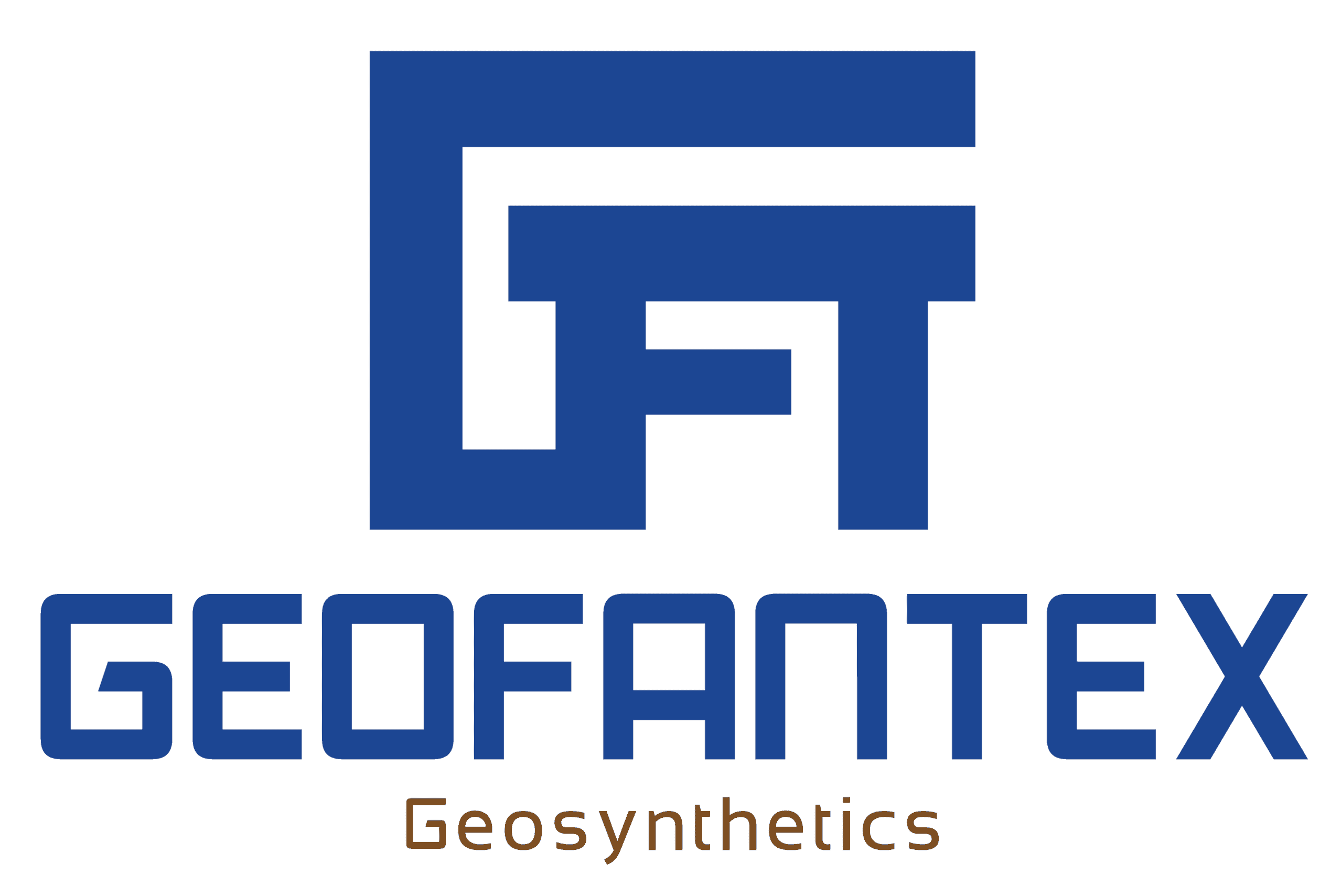+86-159 9860 6917
info@geofantex.com
geofantex@gmail.com
+86-400-8266163-44899
Discover the innovative world of geotextile fabric plant pots, a game-changer in modern gardening. This article explores the unique properties and benefits of geotextile fabric for pots, addressing common questions about its usage, effectiveness, and impact on plant health. Whether you’re a seasoned gardener or a beginner, understanding how geotextile fabric can enhance your planting experience is essential.
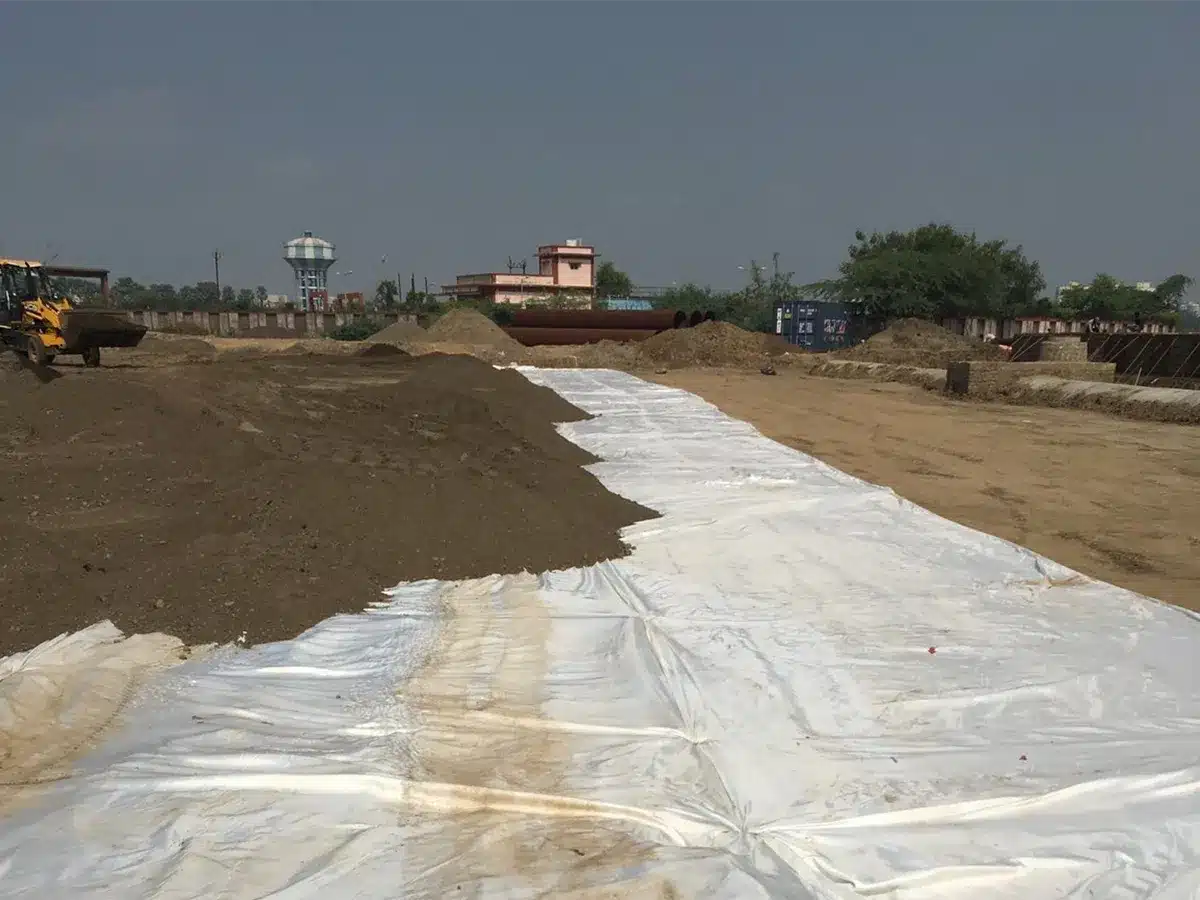
What is Geotextile?
- Separation: Keeps different soil layers distinct, preventing nutrient loss and soil mixing.
- Reinforcement: Strengthens weak or loose soil to provide a stable growing medium.
- Filtration: Allows water and air to pass through while retaining soil particles.
- Drainage: Channels excess water away, preventing waterlogging and root damage.
- Erosion control: Protects soil surfaces from being washed away, especially on slopes or raised beds.
Can Plant Roots Penetrate Geotextile Fabric?
Yes, plant roots can grow through geotextile fabric, but the extent depends on the type, thickness, and weave of the material. Understanding this helps gardeners and landscapers choose the right fabric for their specific needs.
Key considerations:
- Permeable Geotextiles: Woven or non-woven fabrics that are thin or loosely structured allow water, air, and sometimes roots to pass through. This is ideal for applications where soil stabilization is needed without restricting plant growth.
- Root Barrier Fabrics: Heavy-duty or tightly woven geotextiles are designed to block root penetration. These are used when preventing unwanted root intrusion or controlling invasive plants is the priority.
- Gardening and Landscaping Applications: For raised beds, plant pots, or erosion control, fabrics that allow roots to pass through can promote healthy root development while maintaining proper drainage. Conversely, thicker fabrics are used in pathways, retaining walls, or underground installations where root intrusion must be limited.
In summary, whether roots can grow through geotextile fabric depends on the fabric’s design and intended purpose. Choosing the right type ensures a balance between soil stabilization, water management, and healthy plant growth.
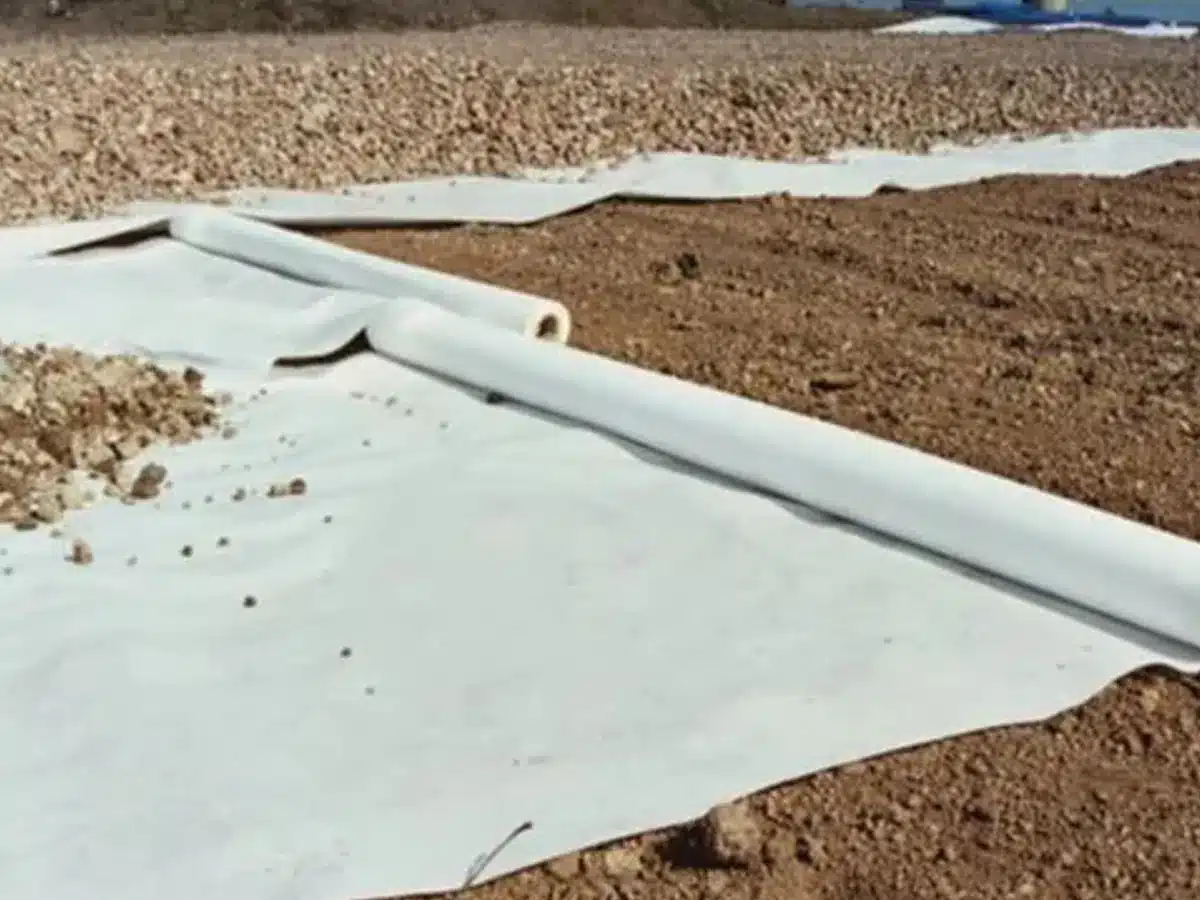
How Does Geotextile Fabric Benefit Plant Health?
Geotextile fabric offers several benefits for plant health, primarily by improving soil conditions and creating a better growing environment. Here are some key advantages:
- Improved Soil Drainage: Geotextile fabrics allow water to drain freely while preventing soil erosion. This is especially important for plants that need well-drained soil to thrive and avoid root rot.
- Weed Control: By blocking sunlight and preventing weed growth, geotextile fabric helps to reduce competition for nutrients, water, and space, allowing plants to grow more freely and healthily.
- Soil Stabilization: The fabric helps keep the soil in place, preventing erosion, especially on slopes or in areas with heavy rainfall. This stability ensures the root systems of plants stay intact and can grow properly.
- Temperature Regulation: Geotextile fabric can help maintain a more stable soil temperature by insulating the ground. This is particularly beneficial in extreme weather conditions, helping plants avoid stress from temperature fluctuations.
Overall, using geotextile fabric around plants enhances soil health and supports healthier plant growth by providing a stable and balanced environment.
Are Geotextile Fabric Pots Environmentally Friendly?
Yes, geotextile fabric pots are generally considered environmentally friendly for several reasons:
- Biodegradable & Recyclable Materials – Many fabric pots are made from recycled plastics or natural fibers, reducing waste. Some options are also biodegradable.
- Reduced Plastic Waste – Unlike traditional plastic pots, fabric pots help minimize plastic usage in gardening.
- Improved Soil Health – They provide better aeration and drainage, reducing root rot and promoting healthier plant growth without the need for excessive fertilizers.
- Reusable & Durable – High-quality geotextile pots can be reused for multiple growing seasons, reducing waste.
- Lower Carbon Footprint – Lightweight and collapsible, they require less energy for transportation compared to rigid plastic pots.
However, the environmental impact depends on the specific materials used. Some synthetic fabric pots are not biodegradable, so opting for natural fiber or recycled options is a better eco-friendly choice.
In conclusion, geotextile fabric plant pots offer an innovative solution for gardeners seeking sustainable, efficient, and plant-friendly alternatives to traditional potting methods. Their unique properties cater to a healthier root system, contributing to overall plant health and growth. As the gardening community continues to evolve, embracing such eco-friendly and effective options will be key to a greener future.
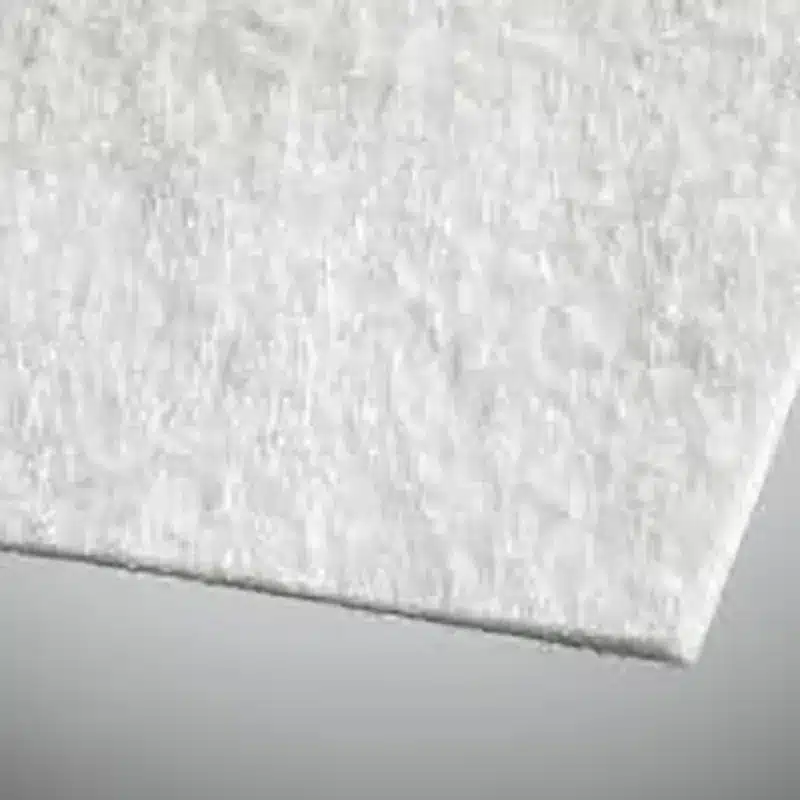
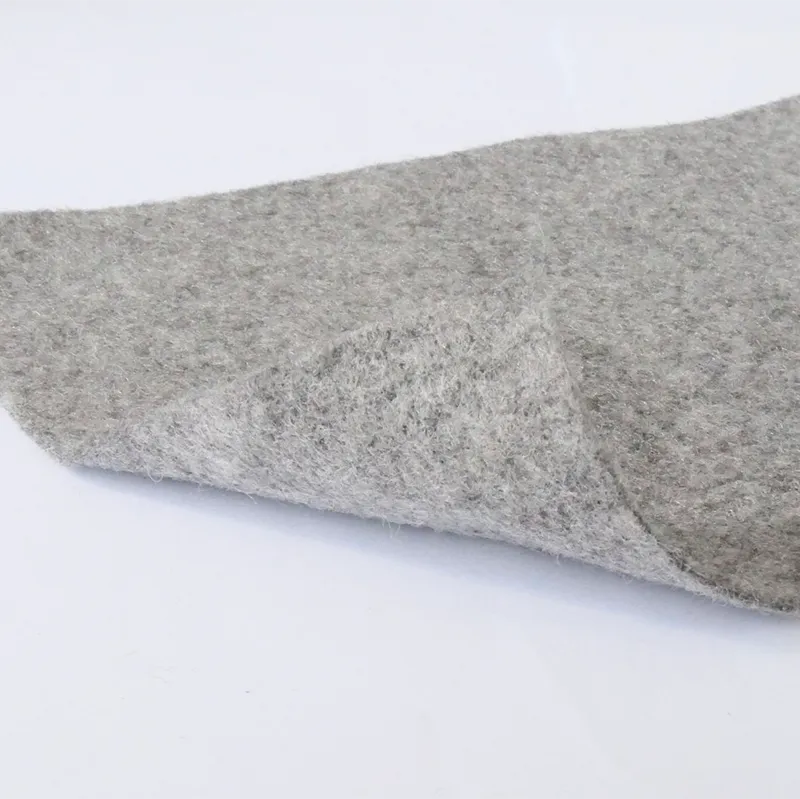
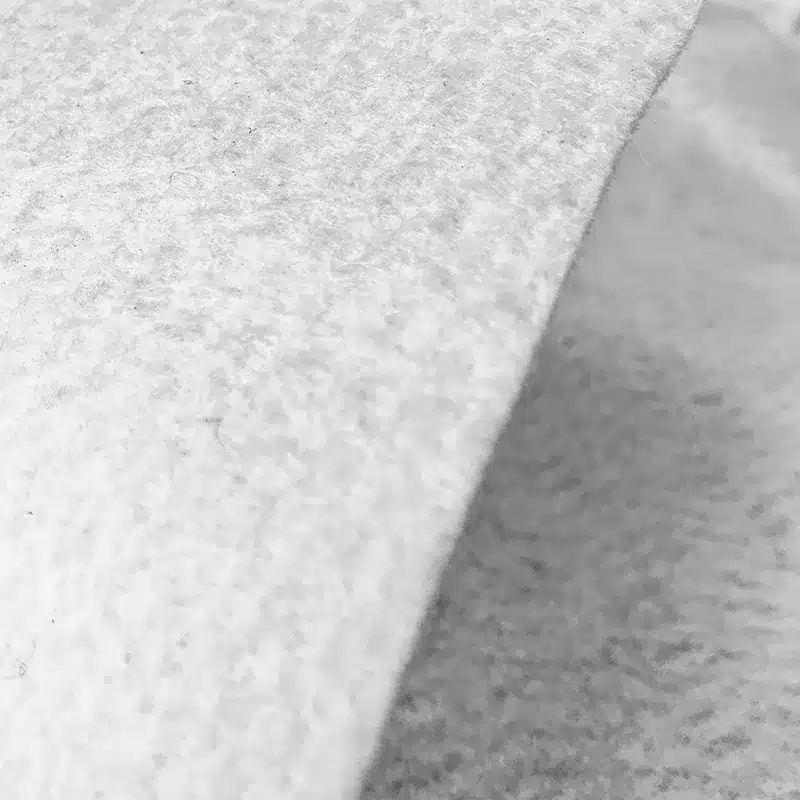
Get Free Sample
We’ll respond as soon as possible(within 12 hours)
